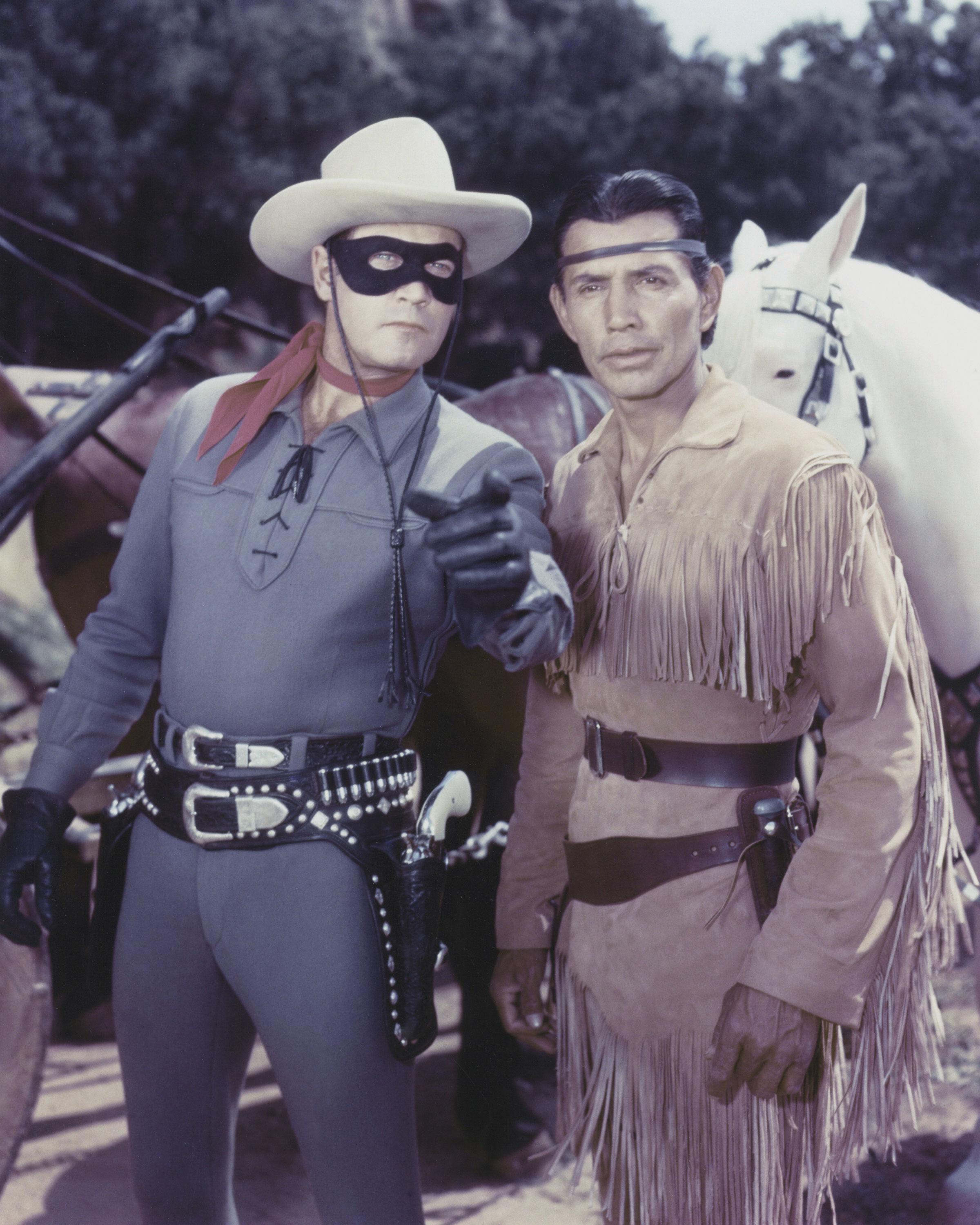
- •2.1 Mass Media and Its Messages Learning Objectives
- •Propaganda and Persuasion
- •Media Effects and Behavior
- •Violence and the Media
- •Sex and the Media
- •Cultural Messages and the Media
- •New Media and Society
- •Information
- •Literacy
- •Convergence Culture
- •Bert Is Evil
- •Key Takeaways
- •Exercises
- •2.2 Media Effects Theories Learning Objectives
- •Challenges to the Direct Effects Theory
- •Marshall McLuhan’s Influence on Media Studies
- •Agenda-Setting Theory
- •Uses and Gratifications Theory
- •Symbolic Interactionism
- •Spiral of Silence
- •Media Logic
- •Cultivation Analysis
- •Key Takeaways
- •Exercises
- •2.3 Methods of Researching Media Effects Learning Objectives
- •Content Analysis
- •Archival Research
- •Surveys
- •Social Role Analysis
- •Depth Interviews
- •Rhetorical Analysis
- •Focus Groups
- •Experiments
- •Participant Observation
- •Key Takeaways
- •Exercises
- •2.4 Media Studies Controversies Learning Objectives
- •Problems with Methodology and Theory
- •Active versus Passive Audience
- •Arguments against Agenda-Setting Theory
- •Arguments against Uses and Gratifications Theory
- •Arguments against Spiral of Silence Theory
- •Arguments against Cultivation Analysis Theory
- •Politics and Media Studies
- •Media Bias
- •Media Decency
- •Jack Thompson versus Violent Video Games
- •Media Consolidation
- •Key Takeaways
- •Exercises
- •End-of-Chapter Assessments
- •Critical Thinking Questions
- •Career Connection
Sex and the Media
In many types of media, sexual content—and its strong emotional message—can be prolific. A recent study by researchers at the University of North Carolina titled “Sexy Media Matter: Exposure to Sexual Content in Music, Movies, Television, and Magazines Predicts Black and White Adolescents’ Sexual Behavior” found that young people with heavy exposure to sexually themed media ranging from music to movies are twice as likely to engage in early sexual behavior as young people with light exposure. Although the study does not prove a conclusive link between sexual behavior and sexually oriented media, researchers concluded that media acted as an influential source of information about sex for these youth groups. [17] Researcher Jane Brown thinks part of the reason children watch sexual content is related to puberty and their desire to learn about sex. While many parents are hesitant to discuss sex with their children, the media can act like a “super peer,” providing information in movies, television, music, and magazines. [18] Reality series, such as Teen Mom and 16 and Pregnant, are prevalent on the popular MTV station. We will explore in greater detail the impact of sexual content in the media in Chapter 14 "Ethics of Mass Media".
Cultural Messages and the Media
The media sends messages that reinforce cultural values. These values are perhaps most visible in celebrities and the roles that they adopt. Actors such as Jake Gyllenhaal and Scarlett Johansson have come to represent aspects of masculinity and femininity that have been adopted into mainstream culture in the last 10 years. In recent years, baseball player Derek Jeter appeared in television, film, magazines, and advertising campaigns as a model of athleticism and willpower. Singers such as Bono of U2 have represented a sense of freedom and rebellion against mainstream culture.
Although many consider celebrity culture superficial and a poor reflection of a country’s values, not all celebrities are simply entertainers. Civil rights leaders, social reformers, and other famous public figures have come to represent important cultural accomplishments and advancements through their representations in the media. When images of Abraham Lincoln or Lady Gaga appear in the media, they resonate with cultural and historical themes greatly separated from mere fame.
Celebrities can also reinforce cultural stereotypes that marginalize certain groups. Television and magazines from the mid-20th century often portrayed women in a submissive, domestic role, both reflecting and reinforcing the cultural limitations imposed on women at the time. Advertising icons developed during the early 20th century, such as Aunt Jemima and the Cream of Wheat chef, similarly reflected and reinforced a submissive, domestic servant role for African Americans. Other famous stereotypes—such as the Lone Ranger’s Native American sidekick, Tonto, or Mickey Rooney’s Mr. Yunioshi role in Breakfast at Tiffany’s—also reinforced American preconceptions about ethnic predispositions and capabilities.
Figure 2.4

Tonto from The Lone Ranger reinforced cultural stereotypes about Native Americans. Do you think this type of characterization would be acceptable in modern television?
Source: Used with permission from Getty Images.
Whether actual or fictional, celebrities and their assumed roles send a number of different messages about cultural values. They can promote courageous truth telling, hide and prolong social problems, or provide a concrete example of an abstract cultural value.
